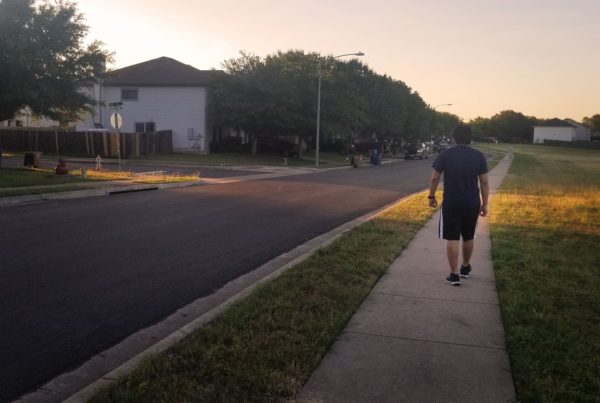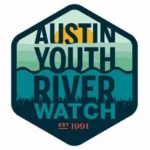November 3, 2012: Four River Watchers met and visited with other water quality monitors at the LCRA’s Colorado River Watch Network Stewardship Workshop. The workshop was held at the Center for Environmental Research at Hornsby Bend, near the River Watch EcoHouse. The other monitors in attendance were from upstream, and downstream and also from Austin. There were young children and mature adults. Kevin Anderson of the City of Austin’s Center for Environmental Research at Hornsby Bend gave a great presentation about the River, Hornsby Bend and Ecology. Many of the participants also gave presentations about the water quality in their section of the river. At the end of the afternoon, the students got to look at benthic macroinvertebrates. Benthic means bottom-dwelling – something that grabs onto a surface to protect itself in the water like plants or rocks. Macro means that you can see it with your eye. And an invertebrate is basically an insect or bug. The types of benthic macroinvertebrates in any particular sample give an indication of the longer-term quality of the water in the area sampled. So if you only find leeches and pouch snails, you probably have degraded water quality. However, if you have a good diversity of organisms, some of which need good water quality to survive, then your water quality has been healthy for the length of time those organisms have lived in the water. Dobsonfly larvae and caddisfly larvae are great indicators of good long-term water quality. We found caddisfly larvae and mayfly larvae in the sample from Hornsby Bend – good water. City of Austin Environmental Educator, Sara Hielman was on hand to discuss the students’ observations about the benthics.








